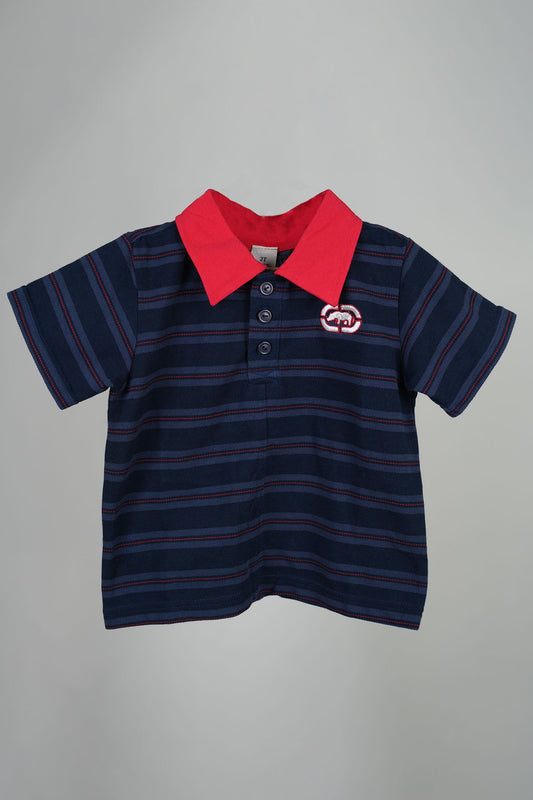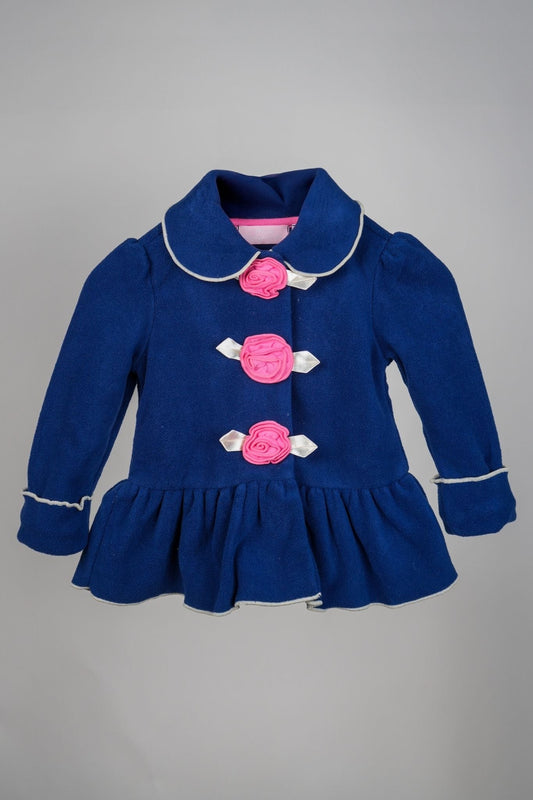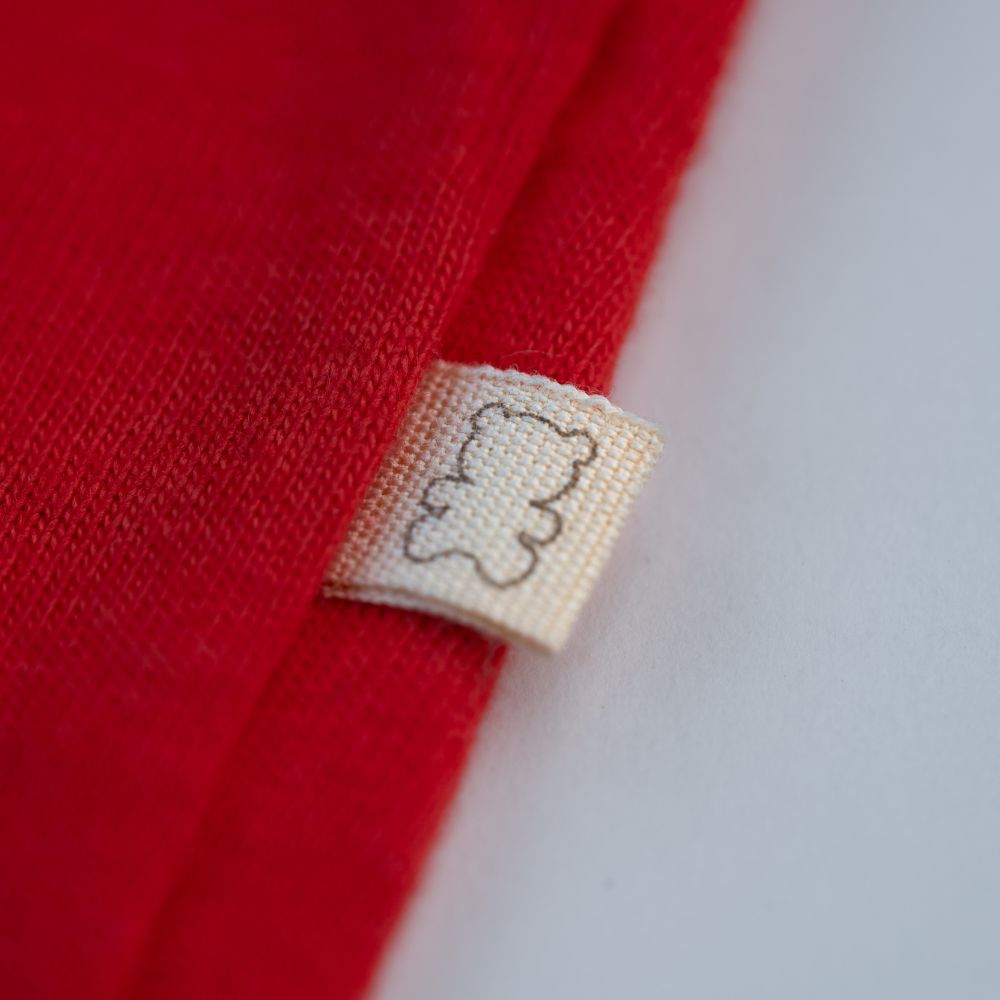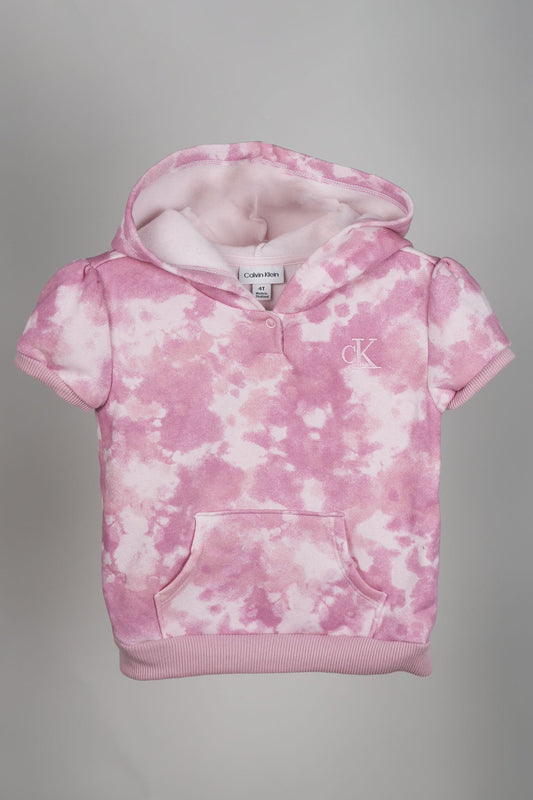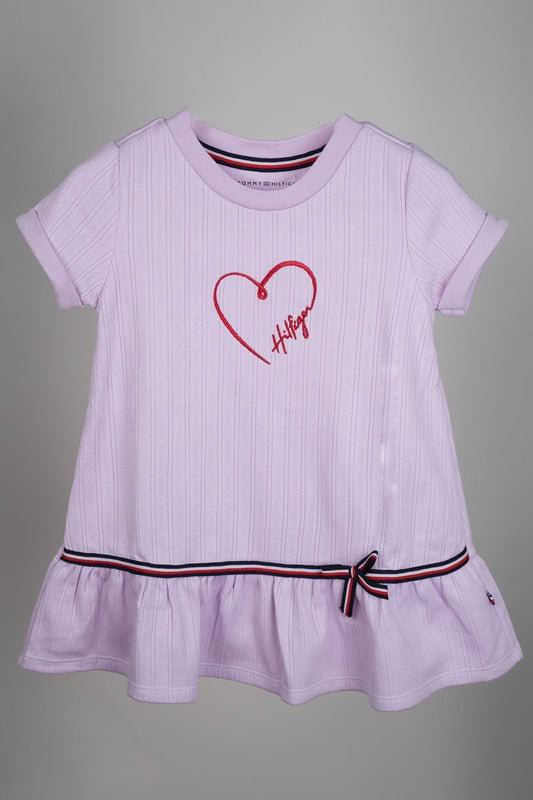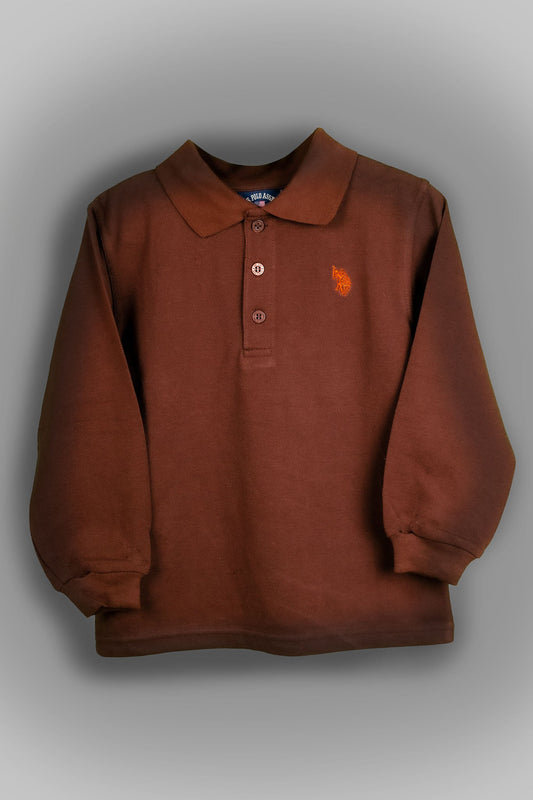The Role of Color Psychology in Kids’ Clothing: Boosting Confidence and Mood
1.Why is Colors Psychology important in Kids’ clothing?
The Palette of Emotions & Empowering Confidence in Children
Colors are not just pigments; they're emotions painted on the canvas of our lives. Each hue whispers a different story and stirs unique feelings. In the world of children, where emotions run wild and free, the impact of colors is amplified. Picture a boy dressed in vibrant red t-shirt and girl in sunny yellow colored frock, both radiating energy and zest for life. These hues aren't just a visual feast; they're confidence boosters. Bold shades ignite courage and self-assurance, urging kids to stand tall and embrace challenges with a fearless spirit.
The Impact of Color on Children
Children are particularly sensitive to the psychological effects of color. From a young age, they are drawn to certain colors and have distinct preferences. These preferences can influence their behavior, emotional response, and comfort levels. For instance, warm colors such as red, orange, and yellow can evoke feelings of warmth and comfort but can also lead to agitation and anger if overused. Cool colors like blue, green, and purple, on the other hand, are often found to be calming and soothing but can also evoke feelings of sadness or indifference if they dominate.
Elevating Children Spirits with colors
Colors wield the power to uplift spirits and infuse joy into mundane moments. Soft pastels like gentle blues and soothing lavenders create a tranquil oasis, perfect for bedtime rituals or moments of relaxation for kids. On the flip side, lively tones such as cheerful oranges and playful pinks inject doses of happiness and spontaneity into everyday adventures of the little ones.
2. Understanding Color Psychology
Color psychology is the study of how different colors affect human mood and behavior. As parents, educators, and caregivers, understanding the power of colors can help us make informed choices when it comes to dressing our little munchkins. Here are some key points to consider:
- Emotional Responses: Colors evoke emotional responses in children. For instance:
- Red: Energetic and bold, red can ignite passion and excitement.
- Blue: Calming and serene, blue promotes relaxation and focus.
- Yellow: Bright and cheerful, yellow exudes positivity and optimism.
- Green: Associated with nature, green brings a sense of balance and harmony.
- Pink: Soft and nurturing, pink is often linked to feelings of love and tenderness.
3. Boosting Kids Confidence Through Color Choices
Kids’ clothing isn’t just about practicality; it’s also a form of self-expression. When children feel confident in what they wear, it positively impacts their self-esteem. Here’s how color plays a role:
- Bold vs. Subtle: Encourage kids to experiment with both bold and subtle colors. A vibrant red dress or a playful yellow T-shirt can make them feel empowered and ready to conquer the day.
- Favorite Colors: Pay attention to your child’s favorite colors. Let them choose outfits in shades that resonate with their personality. Whether it’s a superhero blue or a princess pink, their preferences matter.
- Color Combinations: Teach kids about complementary colors. Mixing and matching different hues can be fun and empowering. For example, pairing a green top with blue shorts encourages creativity.
4.Mood-Boosting Wardrobe Choices for Children
The right colors can lift spirits and enhance their mood. Consider the following:
- School Days: Opt for calming colors like blue or green for school uniforms. These shades promote focus and concentration amongst them.
- Playtime: Bright yellows and oranges are perfect for playtime. They energize kids and encourage active play.
- Bedtime: Soft pastels or soothing neutrals create a tranquil bedtime environment for children. Think lavender pajamas or gentle gray sleepwear.
5. Practical Tips for Parents
- Quality Matters: Invest in well-made, comfortable clothing. Scratchy fabrics or ill-fitting outfits can affect a child’s mood. Soft, cozy textures in comforting colors enhance feelings of security and well-being.
- Balance Brights and Neutrals: Mix vibrant colors with neutral tones. This ensures versatility and prevents sensory overload.
- Listen to Your Child: If they express discomfort with a certain color, respect their feelings. Involve your child in the decision-making process. Listen to their color preferences and empower them to shape their wardrobe according to their whims and fancies.
- Embrace the melody of Patterns: Don't shy away from mixing and matching colors and patterns. Encourage experimentation and celebrate the kaleidoscope of creativity.
For tips on adding personalized touches to kids' clothing, check out our blog on How to Print Logos on Kids' T-shirts.
In conclusion, the colors we choose for our kids’ clothing go beyond aesthetics. They impact emotions, confidence, and overall well-being. So, next time you’re picking out that adorable outfit, consider the power of color—it’s more than just fabric; it’s a mood enhancer!
Remember, a rainbow of possibilities awaits in your child’s wardrobe. 🌈✨
Happy dressing! 🌟
FAQ's
Why is color psychology important in kids' clothing?
Color psychology is crucial in kids' clothing because it affects their mood, behavior, and emotional well-being. Different colors can evoke various feelings, such as excitement, calmness, or comfort, and can significantly impact how children perceive themselves and interact with their environment.
How does color affect children's emotions?
Colors have a profound impact on children's emotions. For example, red can evoke energy and excitement, while blue promotes calmness and focus. Yellow is associated with happiness and positivity, and green brings a sense of balance and harmony. Understanding these effects can help parents choose clothing that supports their child's emotional needs.
What are the best colors for boosting kids' confidence?
Bold colors like red and yellow can boost kids' confidence by making them feel energetic and empowered. Encouraging children to wear their favorite colors also helps build self-esteem, as they feel more comfortable and expressive in shades they love. Teaching kids about complementary colors and allowing them to mix and match can further enhance their confidence and creativity.
How can parents use color psychology to improve their child's mood?
Parents can use color psychology to improve their child's mood by selecting clothing colors that align with specific activities. For instance, calming colors like blue and green are ideal for school days to promote focus, while bright colors like yellow and orange are great for playtime to energize kids. Soft pastels or neutrals are perfect for bedtime to create a tranquil environment.
What practical tips can parents follow for choosing kids' clothing colors?
Parents should invest in well-made, comfortable clothing in colors that promote positive emotions. Balancing bright colors with neutrals prevents sensory overload and ensures versatility. Listening to a child's color preferences and involving them in the decision-making process empowers them and respects their feelings. Encouraging experimentation with patterns and colors can also celebrate their creativity.
How do colors affect children's behavior and comfort levels?
Colors can influence children's behavior and comfort levels by creating different emotional responses. Warm colors like red, orange, and yellow can evoke feelings of warmth and comfort but may also lead to agitation if overused. Cool colors like blue, green, and purple are often calming and soothing but can evoke feelings of sadness if they dominate. Understanding these effects helps parents choose appropriate colors for different situations.
